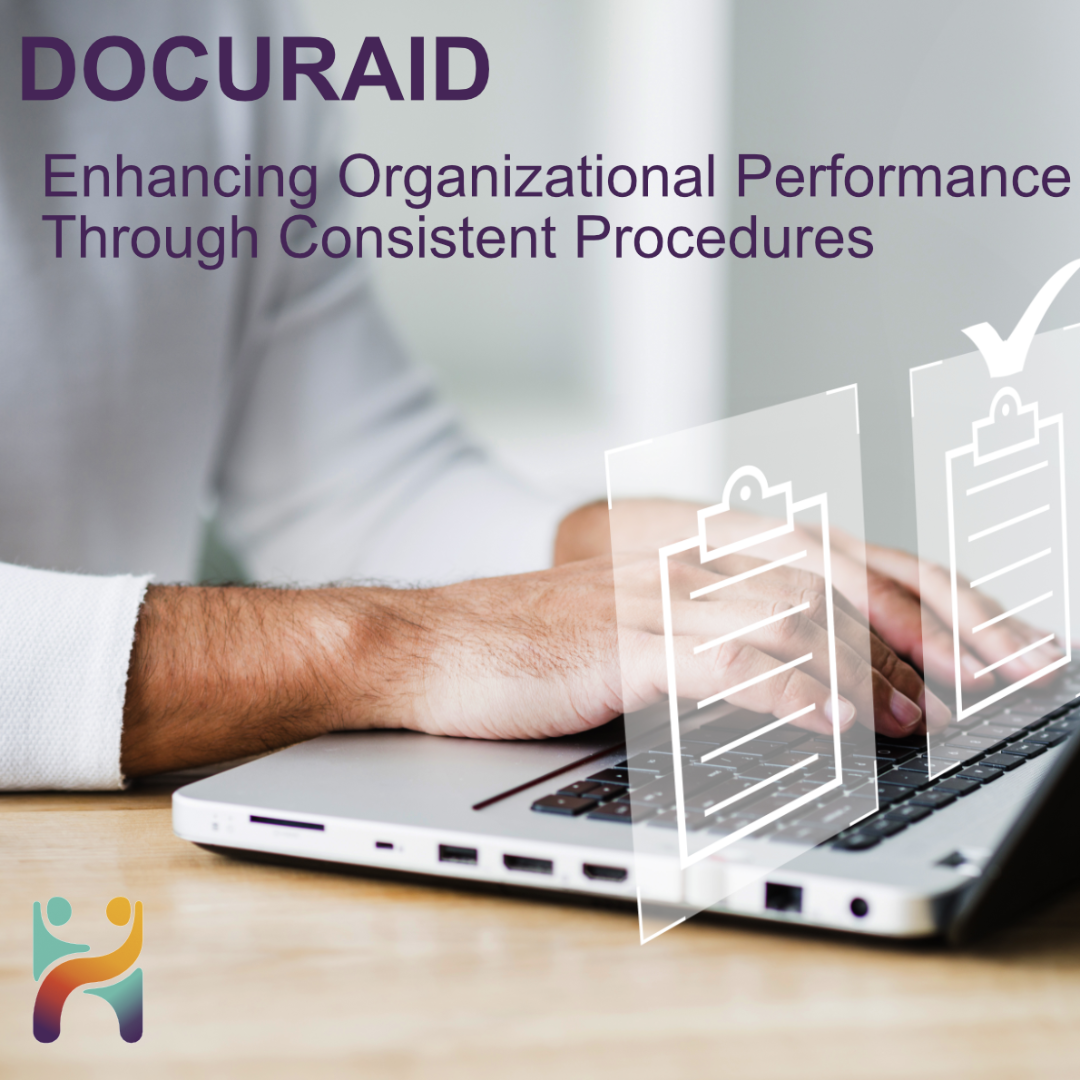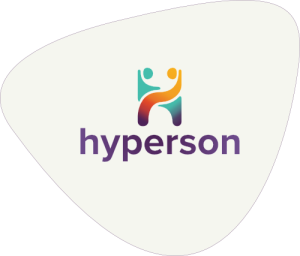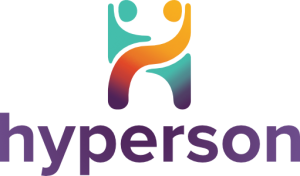
High-performing organizations understand that excellence is not achieved through chance, but through consistency, clarity, and control. At the heart of this lies one fundamental element: well-defined, consistent, and accessible procedures.
The Link Between Performance and Procedures
Organizational performance is driven by many factors—leadership, culture, talent, innovation—but one often-overlooked contributor is the availability and standardization of operational procedures.
When procedures are poorly written, outdated, or inconsistent across departments, the result is confusion, inefficiency, and avoidable errors. Employees spend valuable time interpreting or reinventing processes. Managers struggle to enforce standards. And customers ultimately feel the impact through inconsistent service or product quality.
In contrast, organizations that maintain clear and uniform procedures experience:
-
Greater efficiency through streamlined operations
-
Improved employee confidence and autonomy
-
Faster onboarding and training
-
Stronger compliance and audit readiness
-
More effective risk management and business continuity
The Challenge: A Disconnected ‘Book’ of Procedures
Despite the recognized benefits, many organizations struggle with a fragmented library of procedures. Documents are often stored in silos, written in different styles, and updated at irregular intervals. As a result, even when procedures exist, they are not used or trusted.
This inconsistency doesn’t just affect operations—it undermines strategic goals and limits the ability to scale.
Hypersons DOCURAID: building the gold standard fast with AI
This is where Hyperson & DOCURAID steps in. DOCURAID helps organizations transform their existing ‘book’ of procedures into a unified, consistent gold standard that is accessible, understandable, and actionable across the entire organization with the use of AI.
Key Benefits of Hyperson’s Approach:
- Fast: Thanks to AI most of the procedures are automatic rewritten. The Quality and business teams only need to validate the correctness
-
Standardization: Ensures all procedures follow a clear, logical, and professional structure, regardless of origin or department.
-
Centralization: Brings all procedures into one easily navigable platform, eliminating version confusion and outdated documents.
-
Clarity and Usability: Enhances readability and relevance, so employees can follow procedures with confidence.
-
Governance and Control: Supports continuous improvement with version control, review cycles, and compliance tracking.







